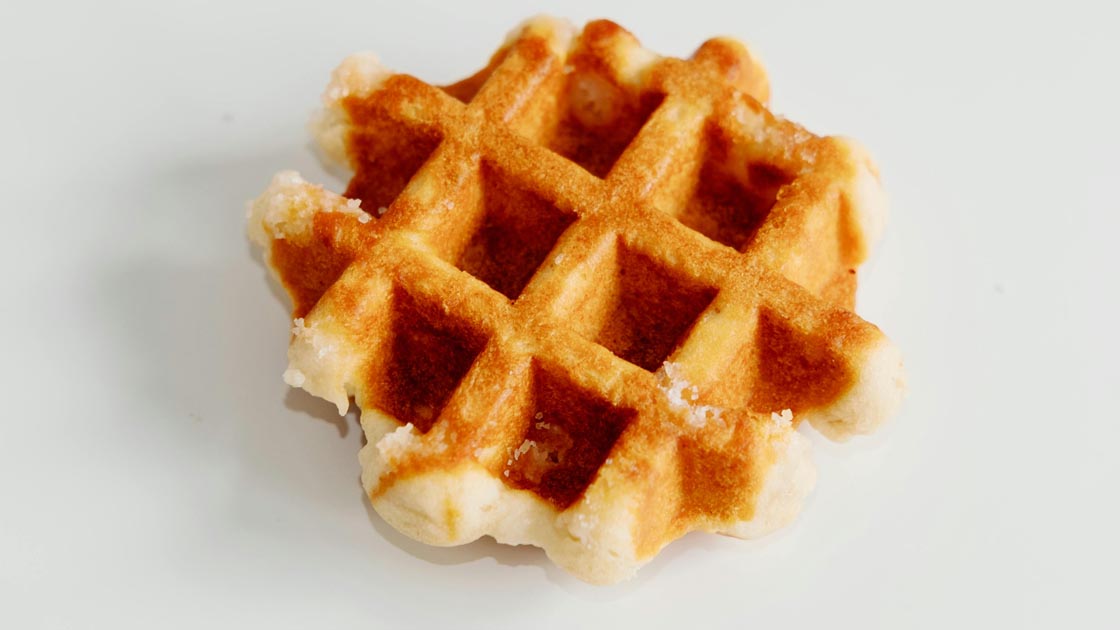Carbohydrates often get a bad reputation, with many associating them with obesity, diabetes, and heart disease. As a result, low-carb diets, like Keto, have gained popularity. While certain subsets of people may benefit from these diets, the science behind carbohydrates and athletic performance is clear:
Athletes need carbohydrates.
More specifically, athletes need sugars—and plenty of them.
In this article, we'll explore why carbohydrates are essential for athletes and what happens when carbohydrate intake is limited.
Carbohydrates Are the Body’s Preferred Energy Source
When you consume carbohydrates, they are rapidly broken down into simple sugars (i.e., glucose fructose, and/or galactose), which are either used immediately for energy or stored as glycogen in the muscles and liver for later use. By contrast, fat and protein take longer to convert into usable energy.
Due to this efficiency, carbohydrates are the body’s preferred energy source—especially during physical exertion. As exercise intensity increases, such as during a sprint or hill climb, so does the demand for carbohydrates.

Athletes Need Sugar
In order to meet their high energy demands, athletes must consume simple sugars. Also known as “fast carbs,” these are broken down faster than “slow carbs” like whole grains and vegetables.
Yes, it is true that over-consumption of sugar is linked to health problems like diabetes and obesity. Thus, most health experts advise eating complex carbohydrates high in fiber while limiting sugars.
However, nutrition for athletes is not the same as for the general public: Athletes need to eat simple sugars when their energy demands are very high.
An athlete in training can easily require 6,000 calories per day to maintain an energy balance—which is approximately three times the amount an average person needs. The athlete would have to eat a massive amount of vegetables and whole grains per day to meet these calorie demands. Not only is it difficult to consume this much food, but the athlete would consume too much fiber, which could result in digestive issues.
Because of this, “unhealthy” foods like white bread, pulp-free juice, and fructose are important parts of an athlete’s diet. They actually become healthy because they help athletes to maintain energy balance.
Confused about sugars? Read our Guide to Carbohydrates.

The Importance of Carbohydrates for Athletic Performance
There is a huge amount of research that shows carbohydrates are important for athletic performance, both before and during exercise.
Before Exercise
An athlete can easily burn 250 grams of carbohydrates per hour during intense exercise. The body can store approximately 600 grams of carbohydrates. These stored carbohydrates can help keep an athlete fueled for approximately 2 hours—but only if their glycogen stores are full when they start exercise. This is where carbohydrate loading comes in.
Carbohydrate loading involves increasing carbohydrate intake before exercise to ensure the body has enough glycogen in reserve. Without proper loading—which involves consuming carbohydrates--the athlete won’t have enough energy and will quickly become fatigued and performance will suffer.
During Exercise
Even if the athlete was fully loaded before starting, if you do the math, you’ll realize that the body will run out of carbohydrates after approximately 2 hours of intense exercise. Highly trained athletes can usually go longer, like 2.5 hours, but nobody can maintain intense exercise for 3+ hours without depleting glycogen stores.
If carbohydrates are not available, the body will start to shut down and performance suffers immediately.
To prevent this, athletes need to consume carbohydrates during intense activity that lasts more than 2 hours. These keep the body fueled and spare glycogen stores.
Many athletes make the mistake and start ingesting them only once they start feeling fatigue — it's too late then. – Dr. Tim Podlogar, Exercise Physiologist.
Consequences of Inadequate Carbohydrate Intake
The consequences of inadequate carbohydrate intake go beyond just poor performance. Low carbohydrate intake—including in everyday diet—can have these health consequences.
Poor Recovery
There is a common misconception that the body only needs protein after exercise. However, carbohydrates are also crucial in the recovery period.
If the body does not have carbohydrates after intense exercise, it will sense that there is a shortage of energy and slow down recovery.
The consequences are especially dire for athletes who have frequent training sessions without much recovery time between them. They need to consume carbohydrates after each session to ensure their muscle fibers have enough glycogen for the next session.
Muscle Tissue Breakdown
When liver glycogen levels are low, the body starts breaking down muscle tissue to produce glucose. This means the body will break down muscle instead of building it, which is something that no athlete wants.
Cramps
Another common misconception in the sports world is that cramps are caused by low magnesium. However, the research shows that muscle cramps are actually linked to fatigue and over-exertion, and thus linked to energy and carbohydrate availability.
Simply put, muscle cramps often occur when the exercise intensity exceeds our body’s energy capabilities.
REDs
Relative Energy Deficiency in Sport (REDs) is a condition where the body does not have enough energy to support function. To compensate for lack of energy, the body shuts down functions, resulting in severe health consequences such as low bone density, impaired immune system, hormonal changes, and mental health problems (to name just a few).
It was previously thought that REDs was caused by an overall energy deficiency. However, more recent research shows that the underlying cause is lack of calories specifically from carbohydrates. Fixing the energy deficit with calories from fat is not enough: Your body needs carbohydrates to function.
Read more about REDs in our interview with Tina Gorsek.
What About Fat for Energy?
Even lean people have a lot of energy stored as fat. For example, a 70kg athlete with just 10% body fat will still have approximately 63,000 kcal of stored energy.
Because of this, a lot of athletes purposely restrict carbohydrates so they will “burn fat for energy,” often with the goal of losing weight.
However, fat is a poor source of energy during high-intensity exercise.
The body needs oxygen in order to burn fat. During high-intensity activity, the body simply won’t have enough oxygen available to metabolize fats. While it also needs oxygen to burn carbohydrates, research shows that we get more energy per liter of oxygen intake from carbs than from fats.
Further, high-intensity activities require quick energy. Carbohydrates can provide energy when broken down even without the need for oxygen.
Carbohydrates and Low-Intensity Exercise
The body does burn fat for fuel at lower intensities. However, even at these intensities, carbohydrates are still important for these reasons:
- Fat and Carbohydrate Co-Utilization: The process of fat oxidation requires glucose to proceed optimally. So, even when you’re burning mostly fat, carbohydrates play a key role in supporting that process.
- Preserving Muscle Mass: Consuming carbohydrates, even during low-intensity exercise, helps prevent muscle breakdown. If carbohydrate availability is too low, the body may begin breaking down protein from muscles to convert into glucose.
- Required for Endurance: Even at low-intensities, some glycogen is used to maintain a steady energy supply. Having carbohydrates available ensures athletes can maintain energy levels over longer periods of time.
Training Low: Can You Train the Body to Burn Fat Instead?
Many athletes deliberately restrict carbohydrates. The idea behind this method is that the low carbohydrate availability will “train” the body to burn more fat, thus sparing glycogen stores and improving performance.
While there is some evidence that the “train-low” method might work, it could come at a cost: losing the ability to utilize carbohydrates, even reducing insulin sensitivity, and thus decreasing the ability to exercise at high intensities.
According to Dr. Tim Podlogar, the train-low method may work for athletes who train up to 12 hours per week. However, when training for longer periods, restricting carbohydrates even before one session can ruin recovery.
Further, as Dr. Podlogar points out, improved training status can improve fat oxidation. Thus, athletes should only consider dietary changes after they’ve reached their desired training status—and not use questionable diet manipulations to achieve this status.

